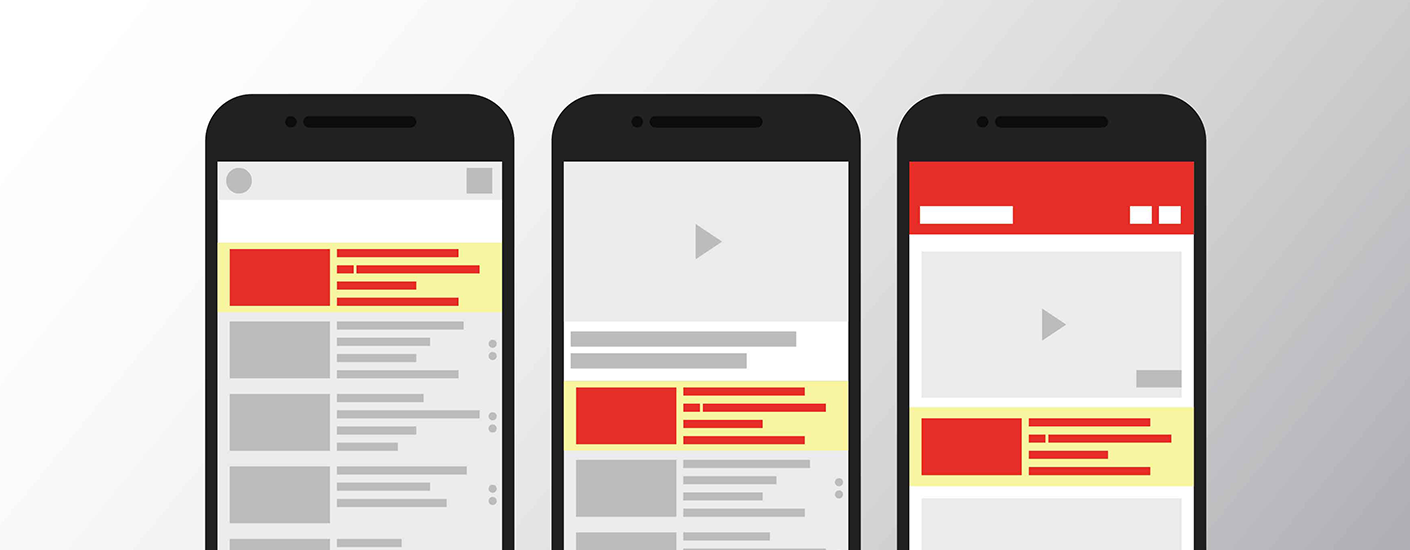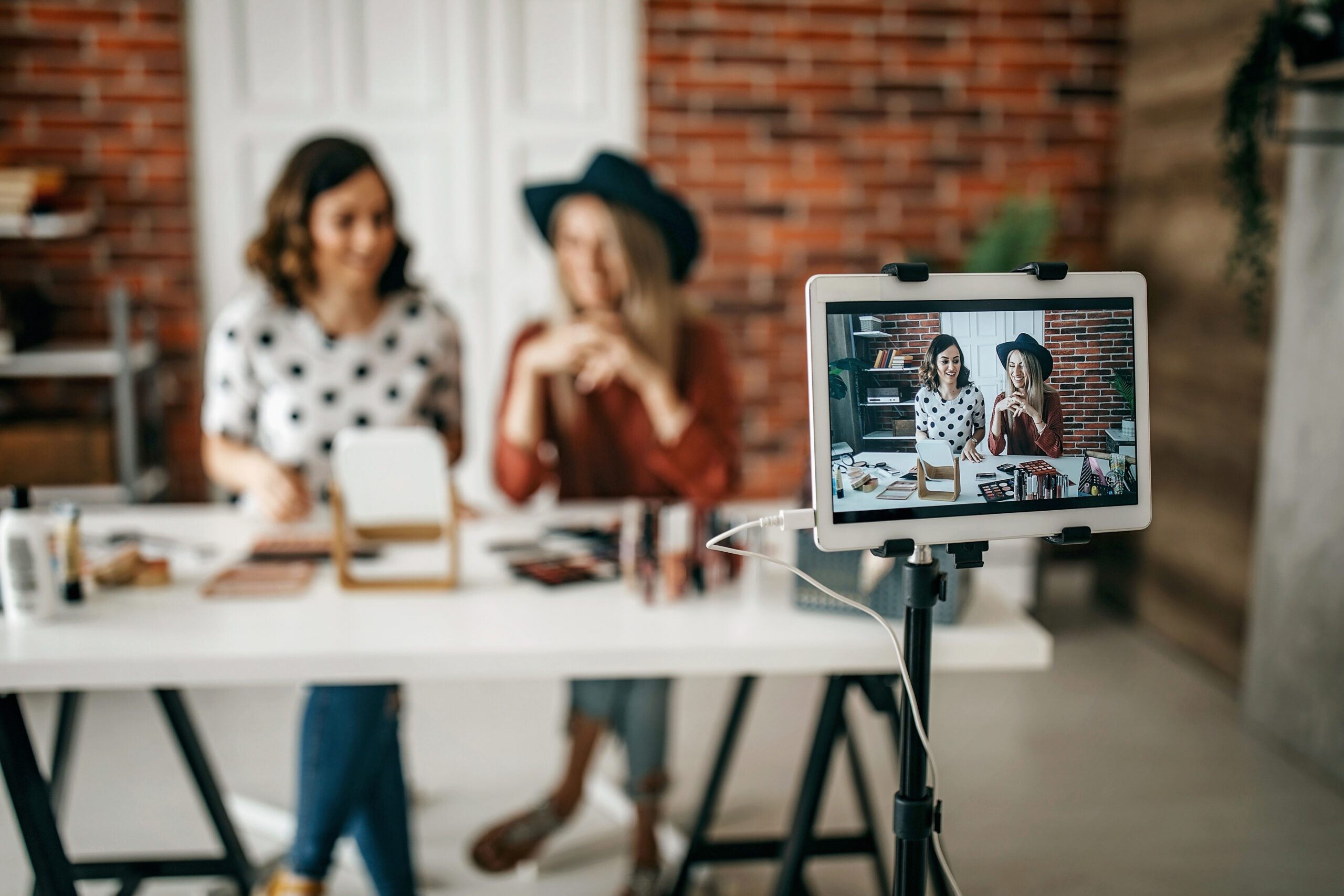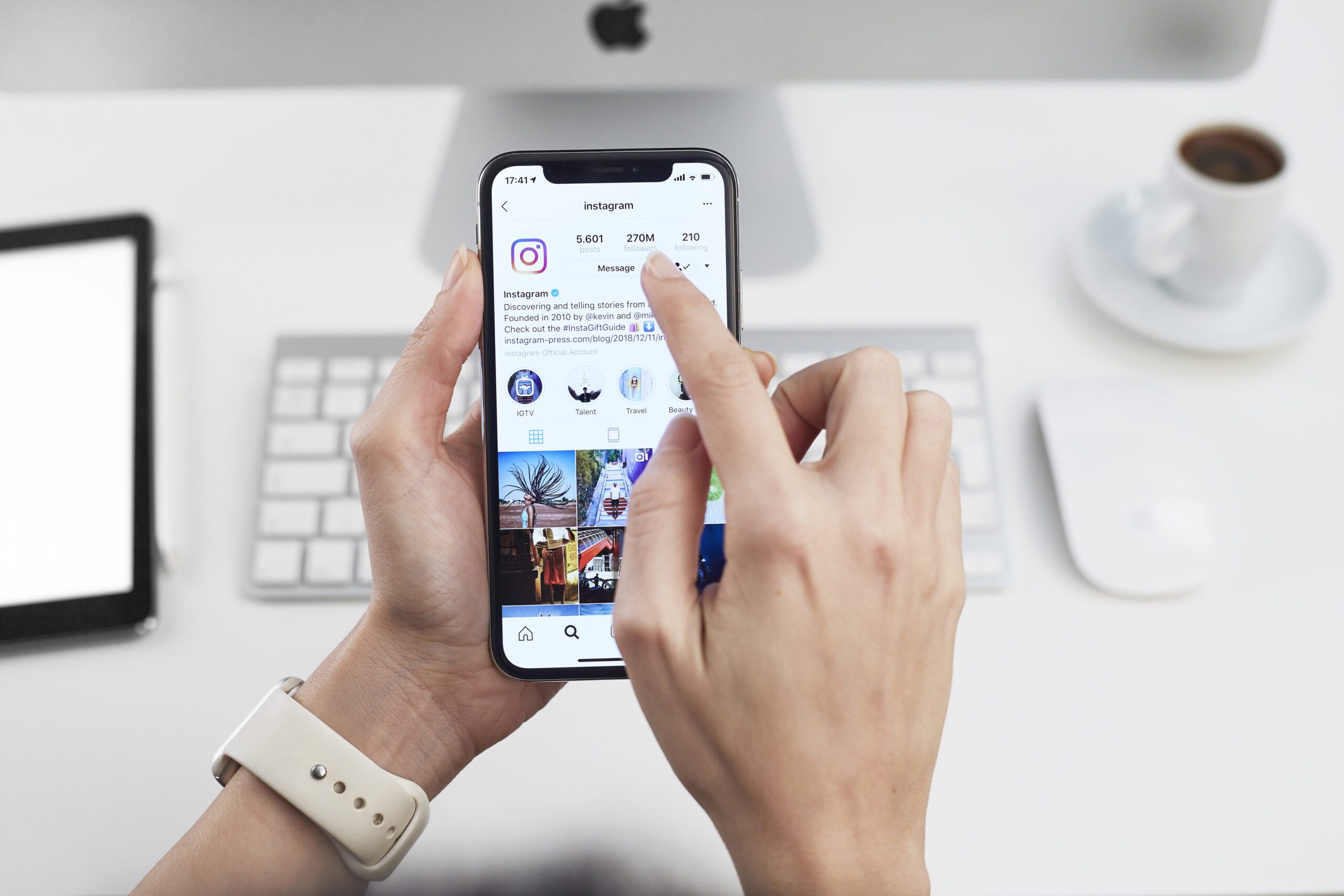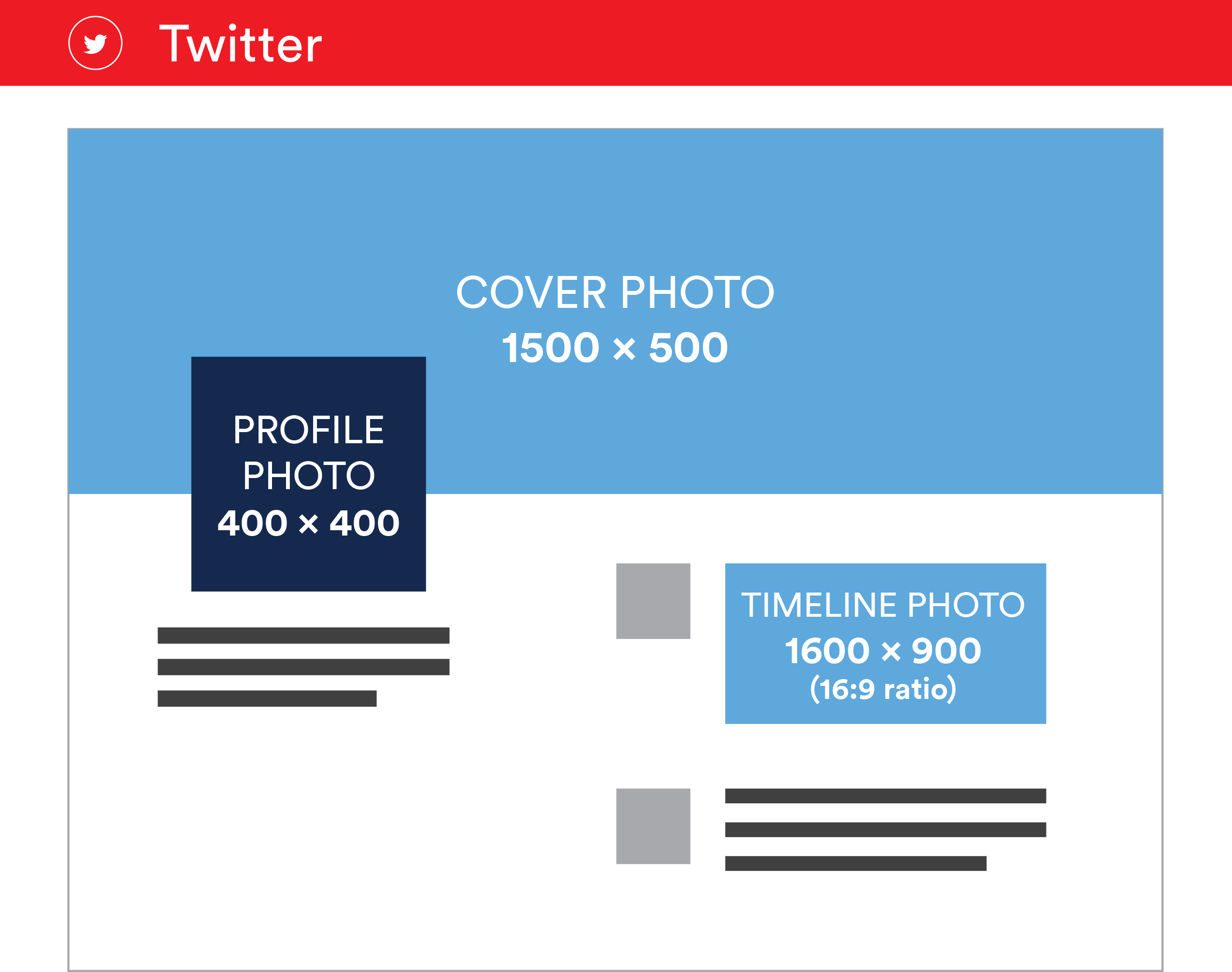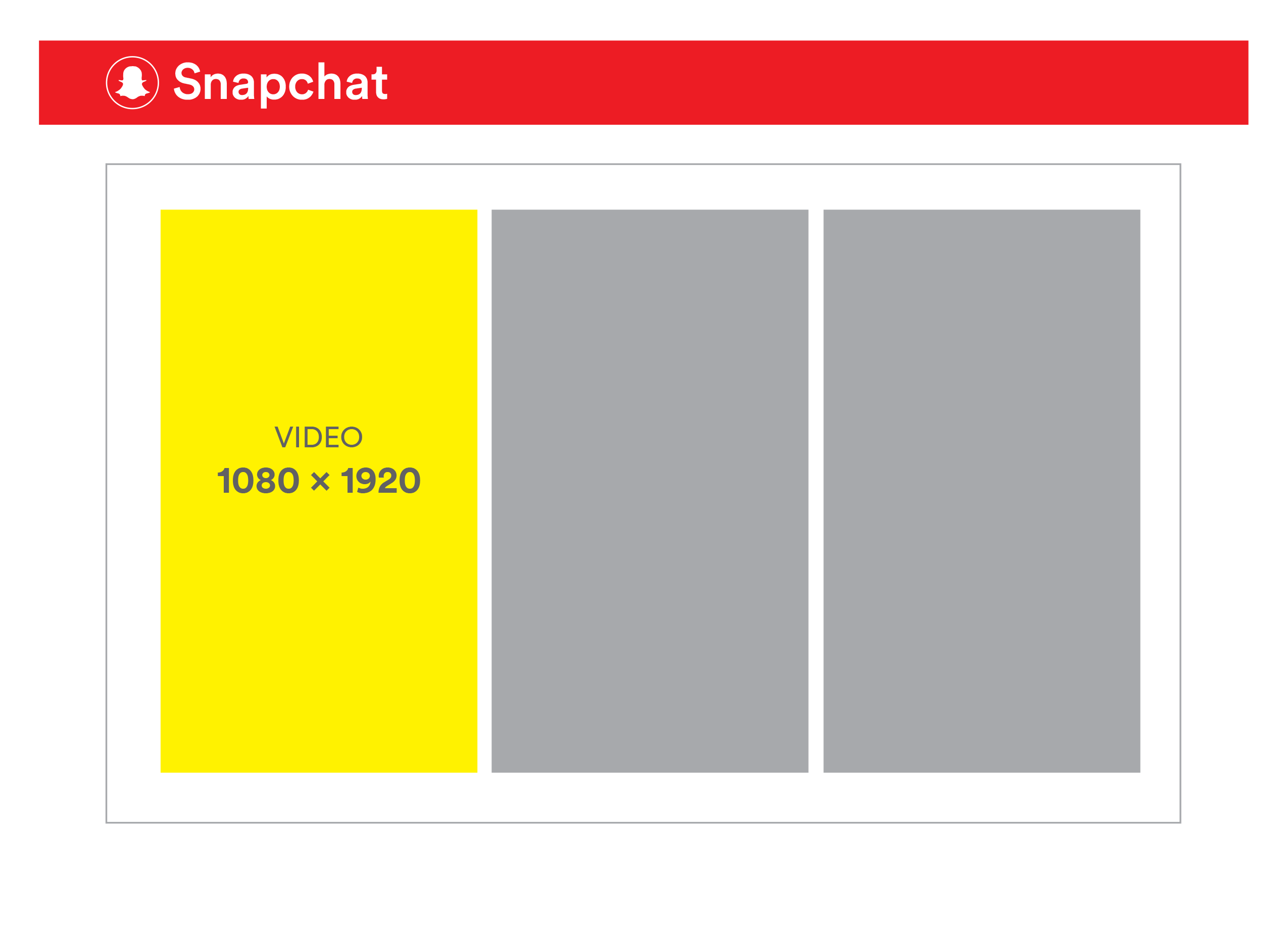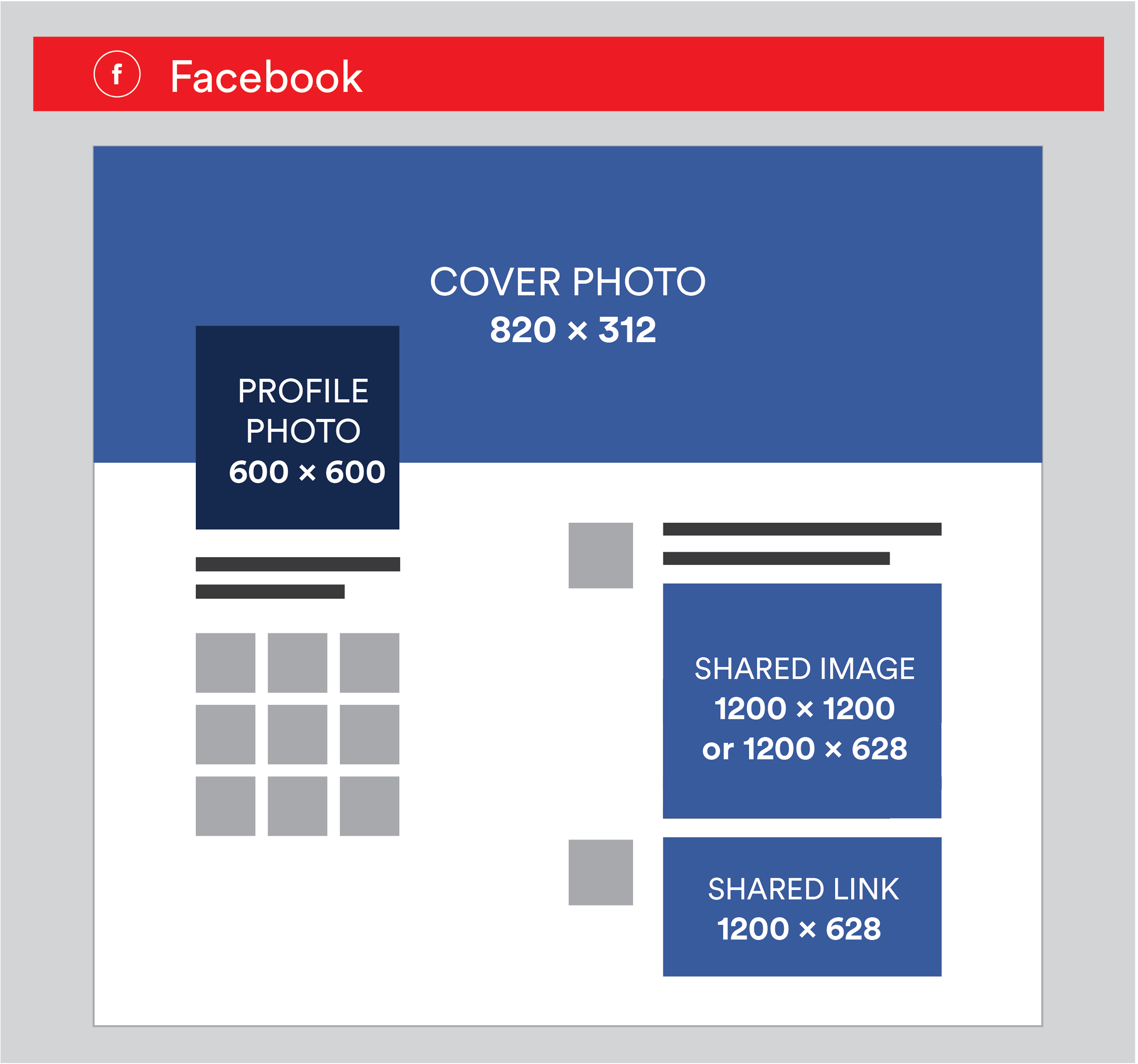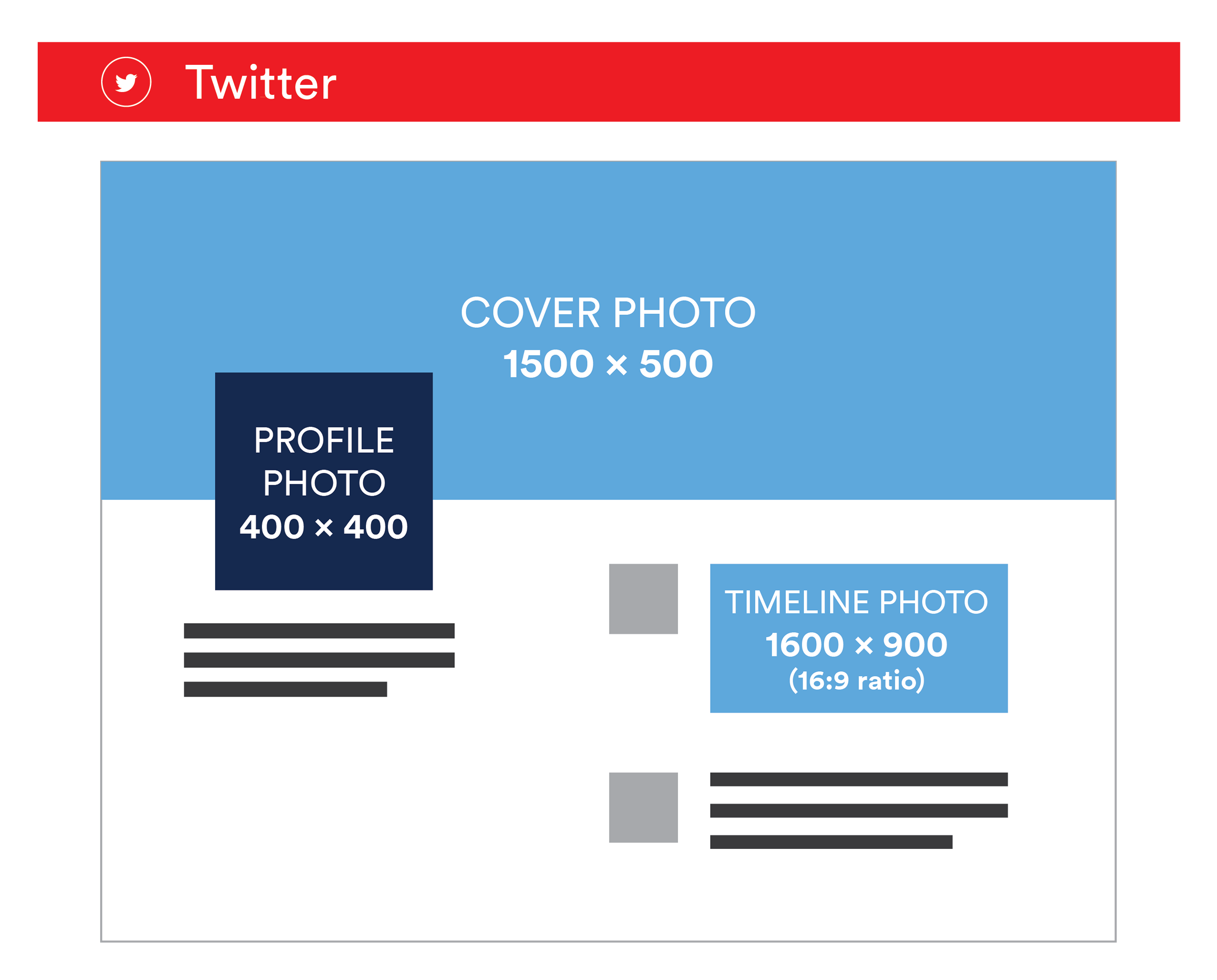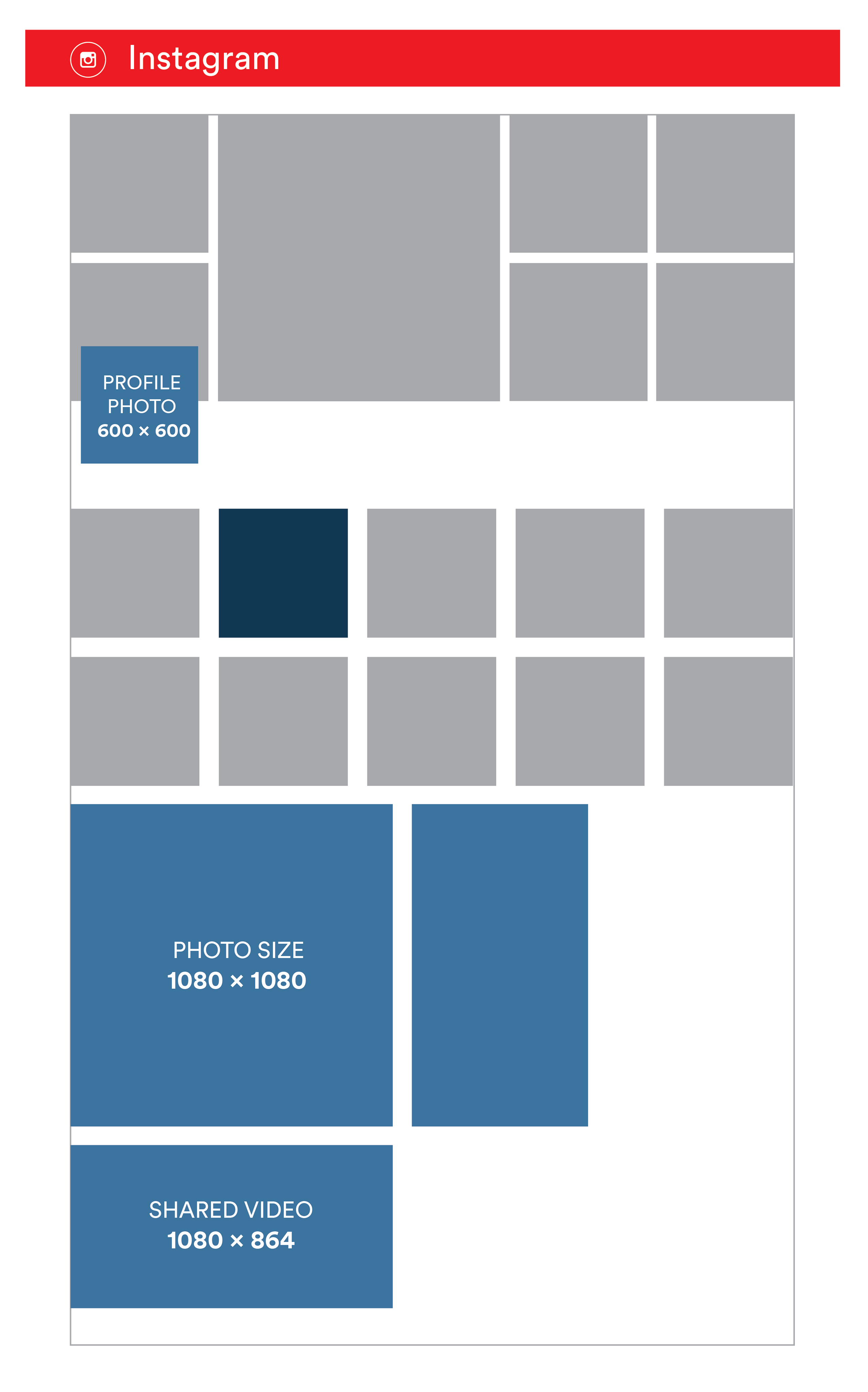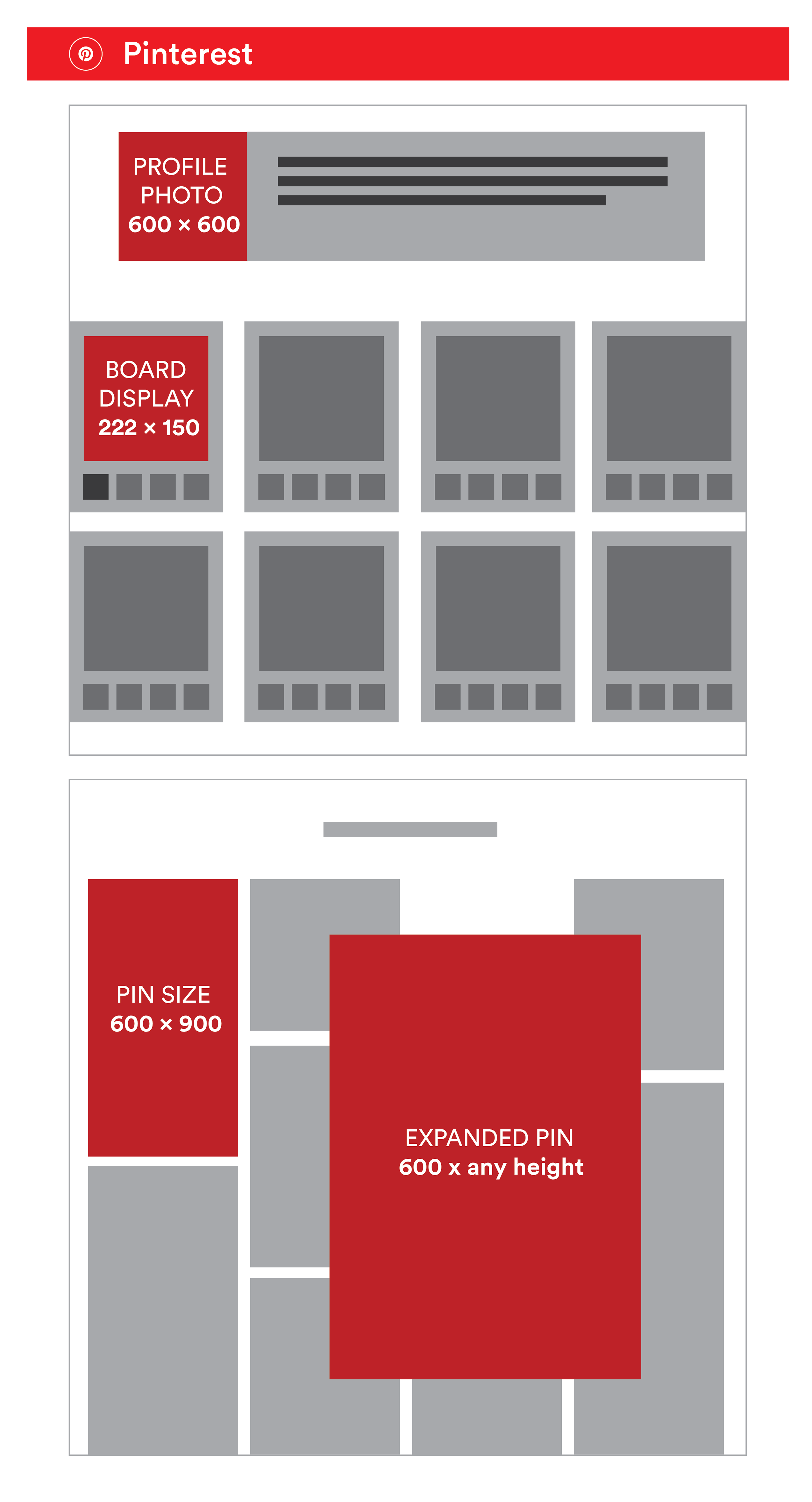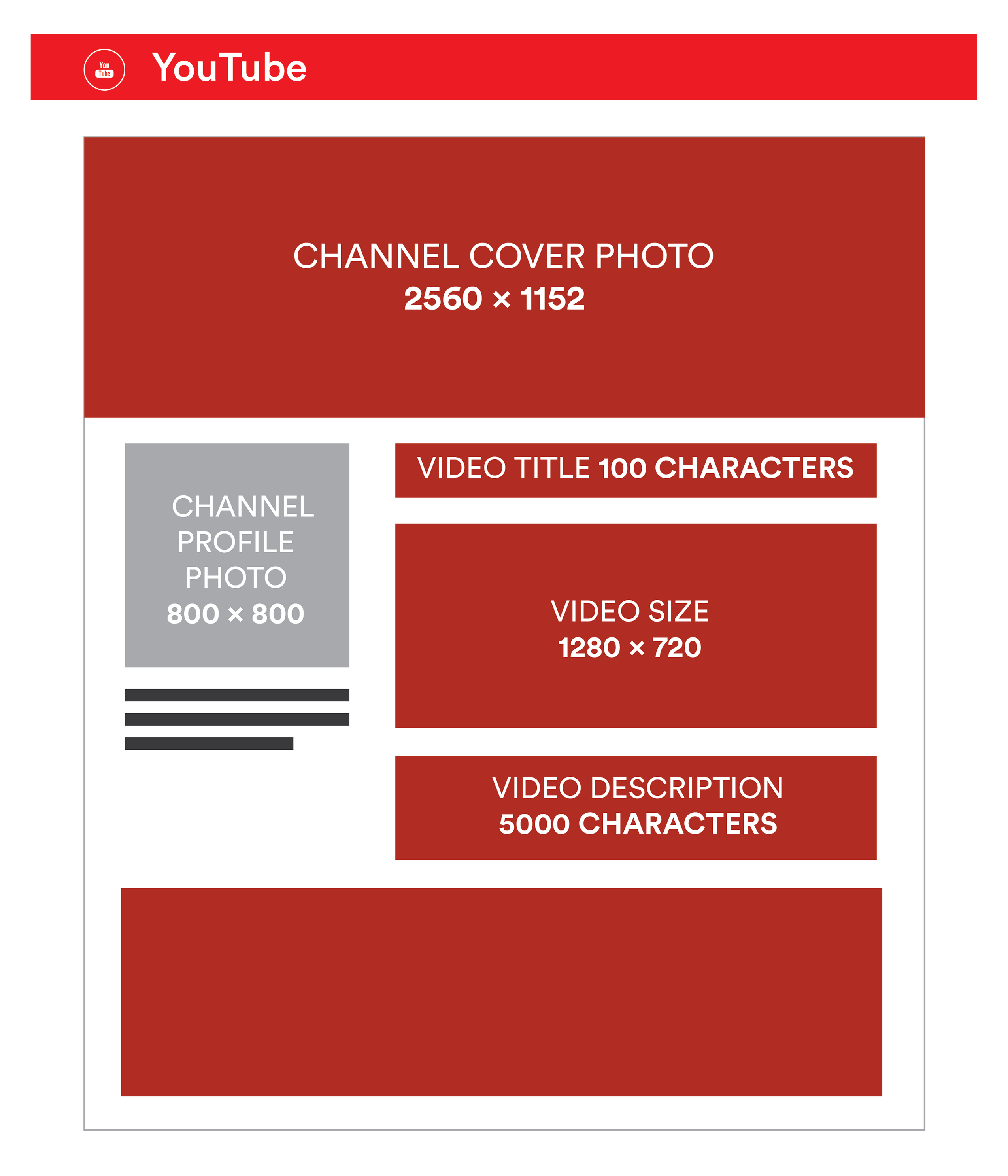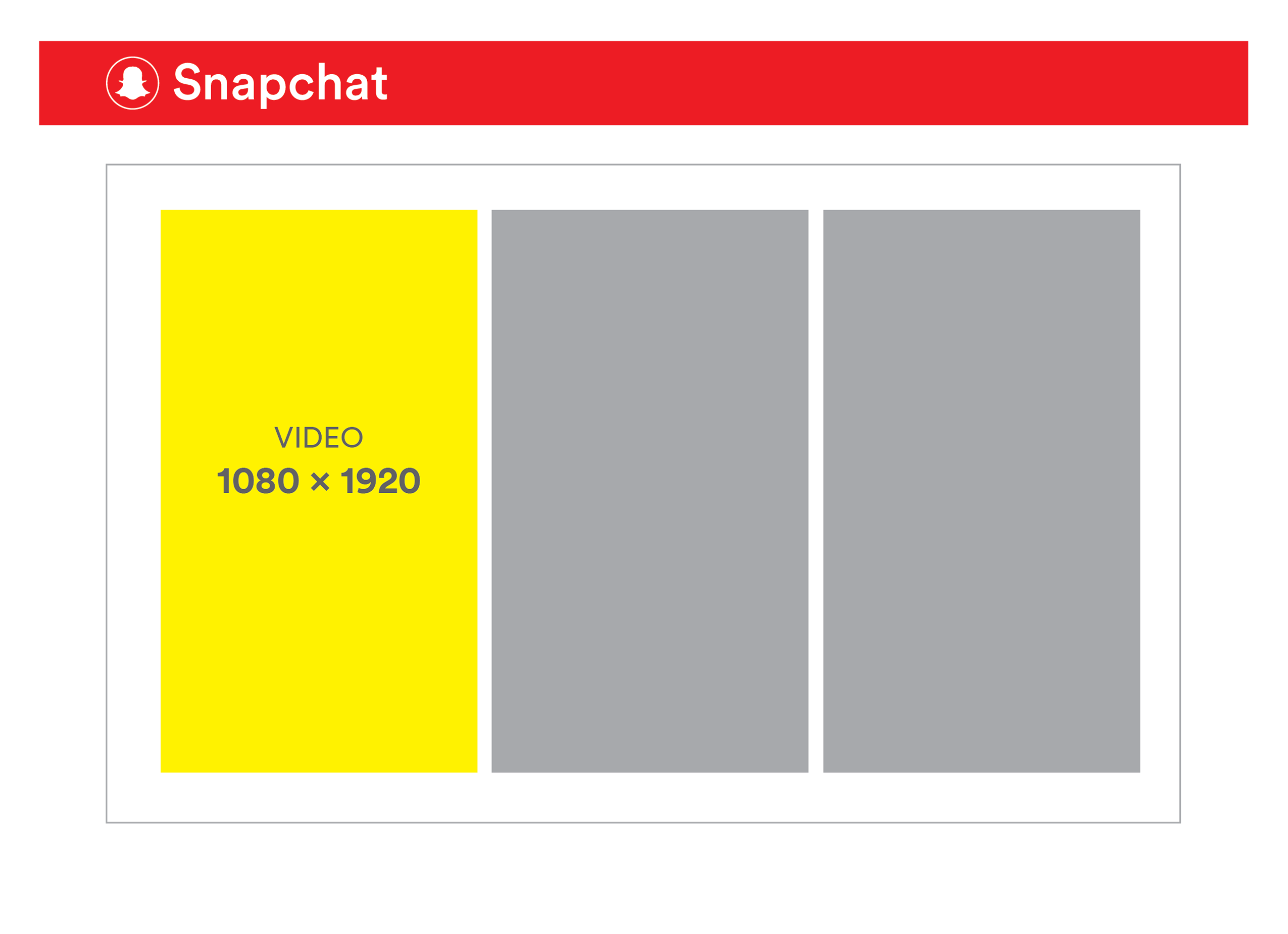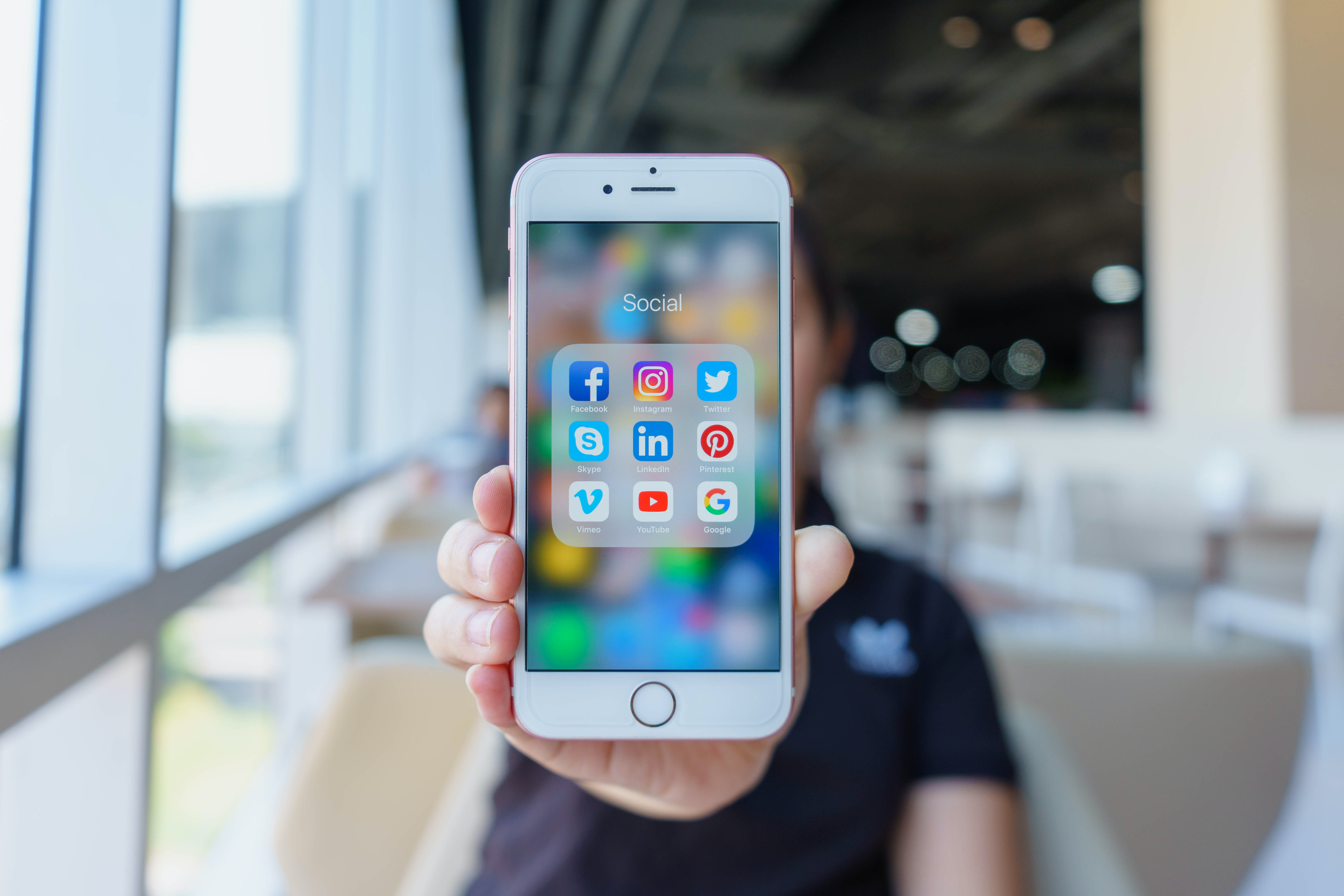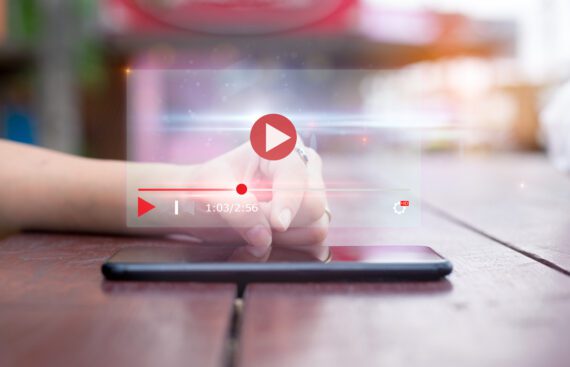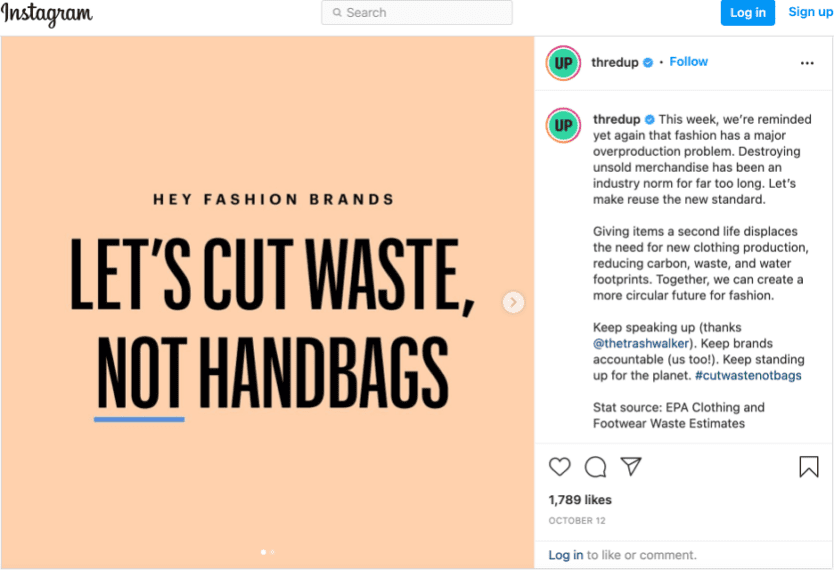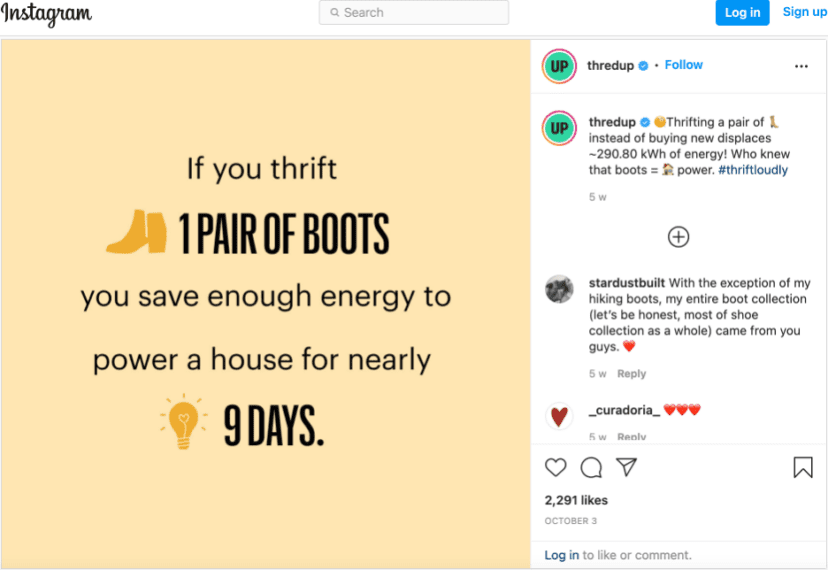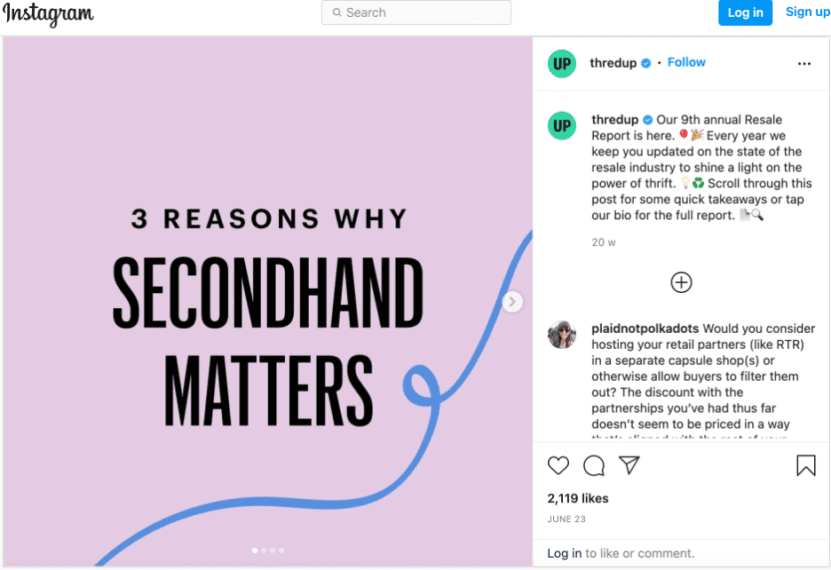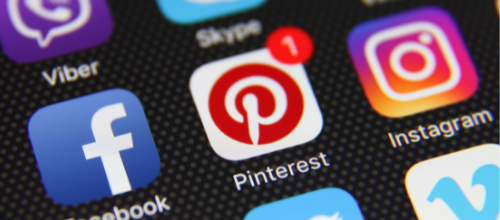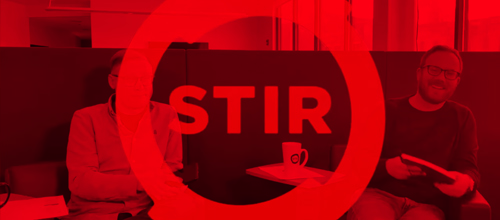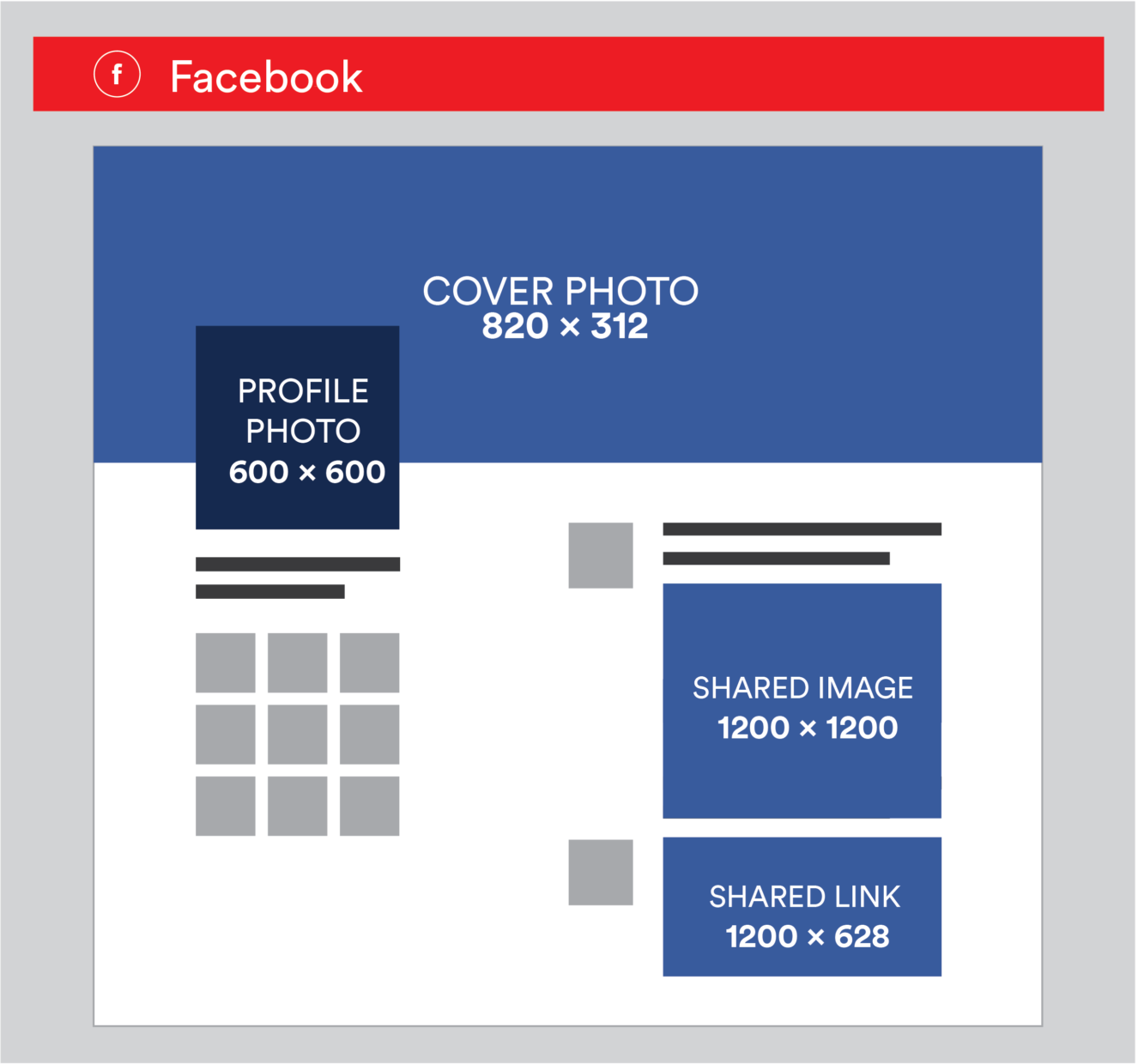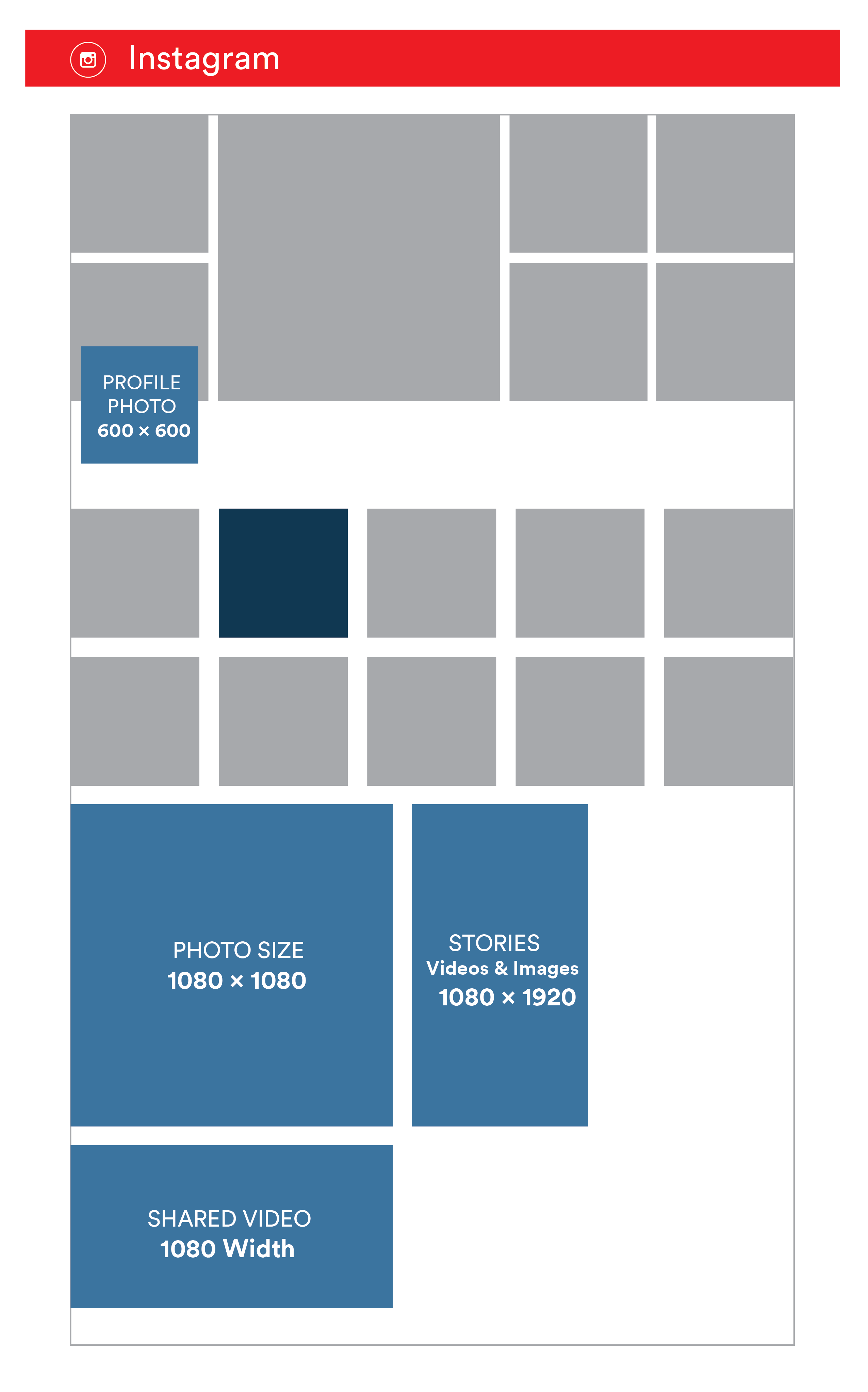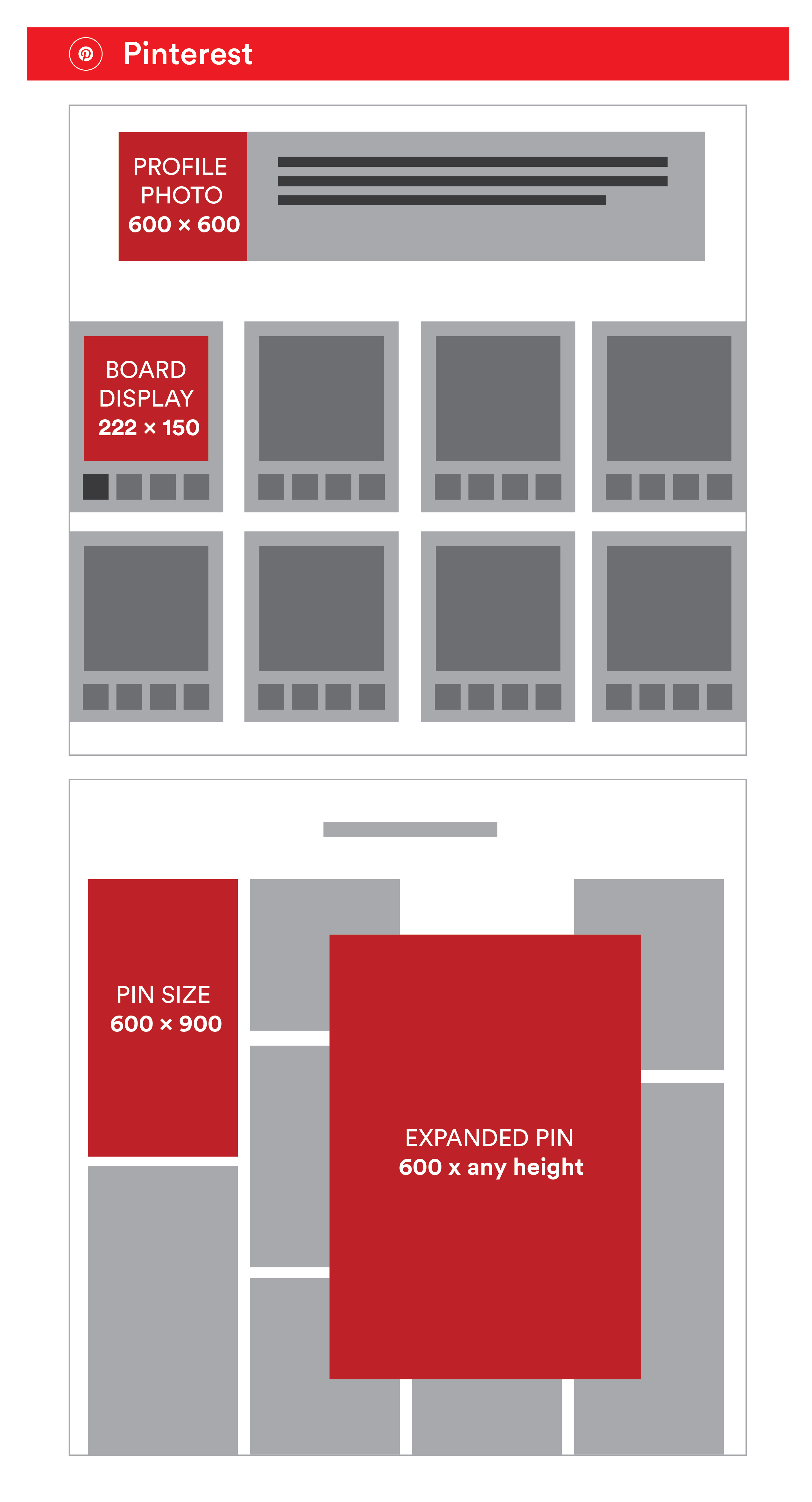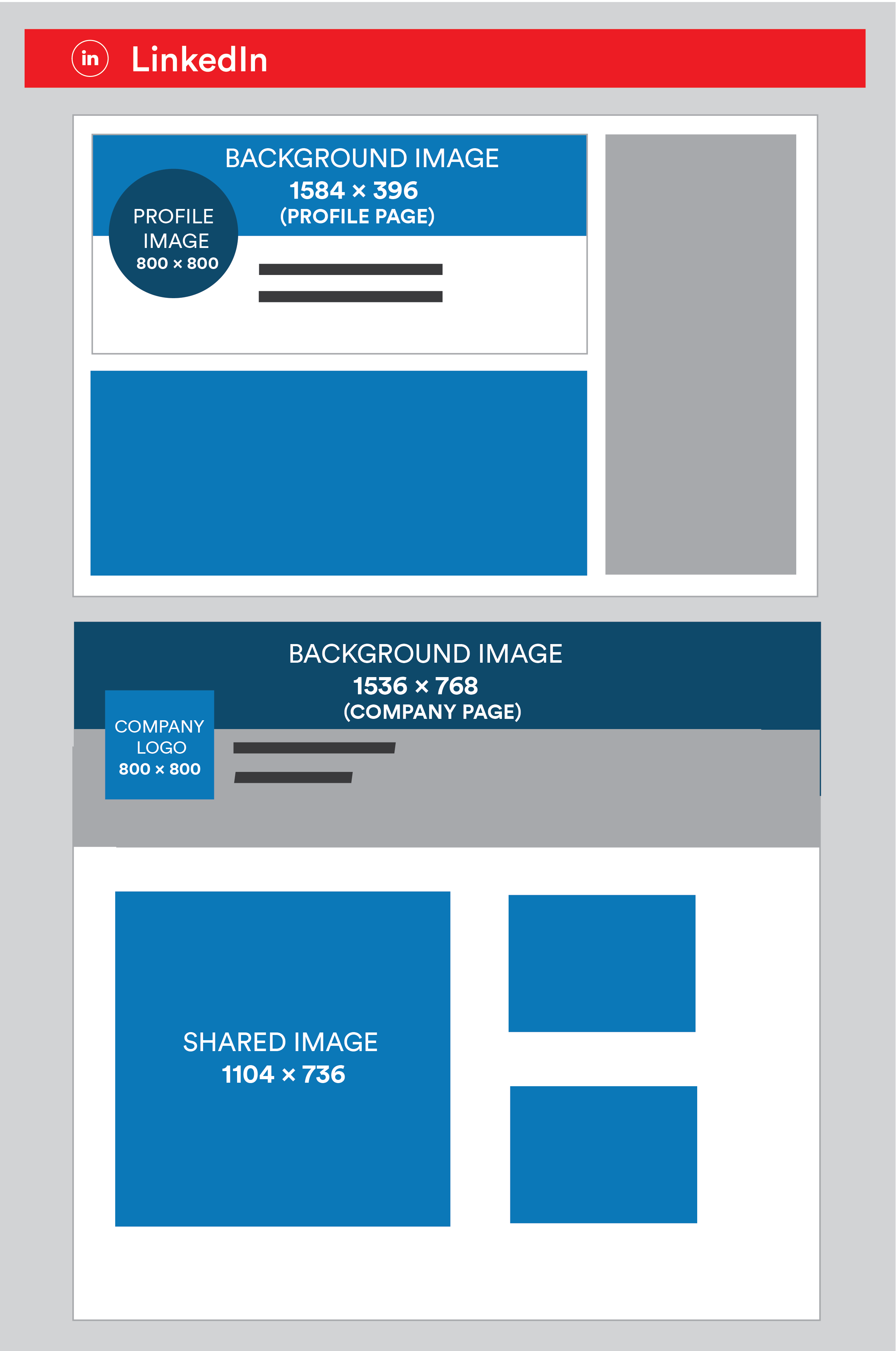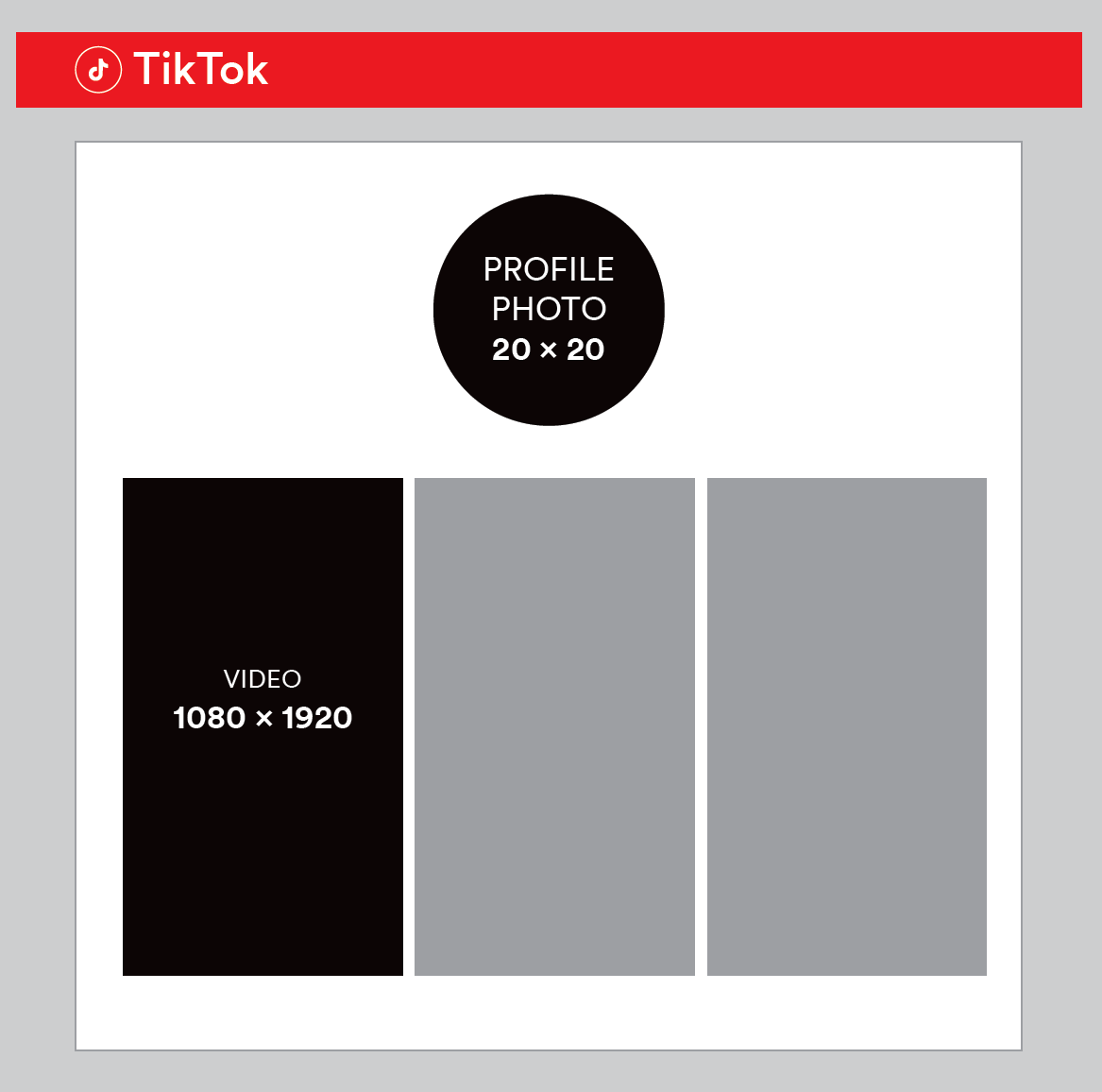Did you know social media is used by 92% of businesses for marketing purposes? This means you’re probably missing out if you’re not using social media to tell your brand’s story. Images, graphics and video are some of the most effective ways to engage target audiences on social media, and the quality of your content is crucial to building and maintaining your reputation.
Social media users today expect high-quality visuals tailored to each platform’s sizing dimensions and resolutions, so to make sure your content looks the best it can, we’ve created a guide with the latest sizing standards for today’s top social media channels. Put your brand’s best foot forward and foster engagement with compelling visuals and videos across every channel.
Read on or download the full guide for the latest sizing standards for today’s top social media channels.
Happy New Year and happy designing!
Social Media Image Sizes by Network
X, formerly known as Twitter
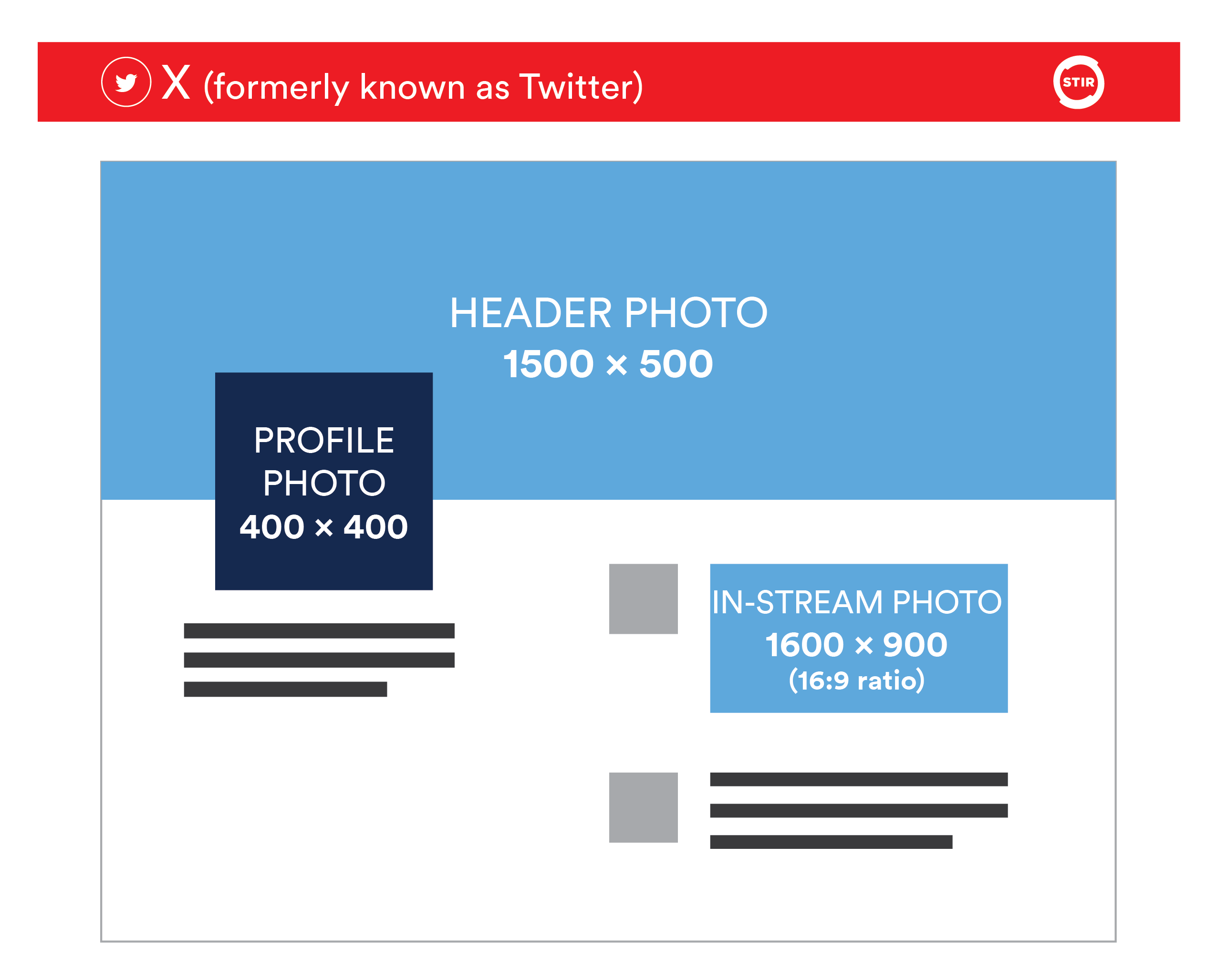
Profile Photo
- Recommended image size: 400 by 400 pixels
- Minimum image size: 200 by 200 pixels
- The aspect ratio is 1:1
Cover Photo
- 1500 x 500 pixels
- Note: When designing a header photo, be sure to account for the profile photo and the invisible area that is cropped out of uploaded images.
Timeline/Feed Photo
- 1600 x 900 pixels (16:9 ratio)
- Minimum size: 600 by 335 pixels
- Supported formats: GIF, JPG, and PNG
- The maximum file size is 5 MB for images and GIFs on mobile and 15 MB on the web
Timeline Video
- 720 x 720 pixels (square), 1280 x 720 pixels (landscape), 720 x 1280 pixels (portrait)
- Maximum video length: 140 seconds (Premium subscribers can post videos up to three hours long)
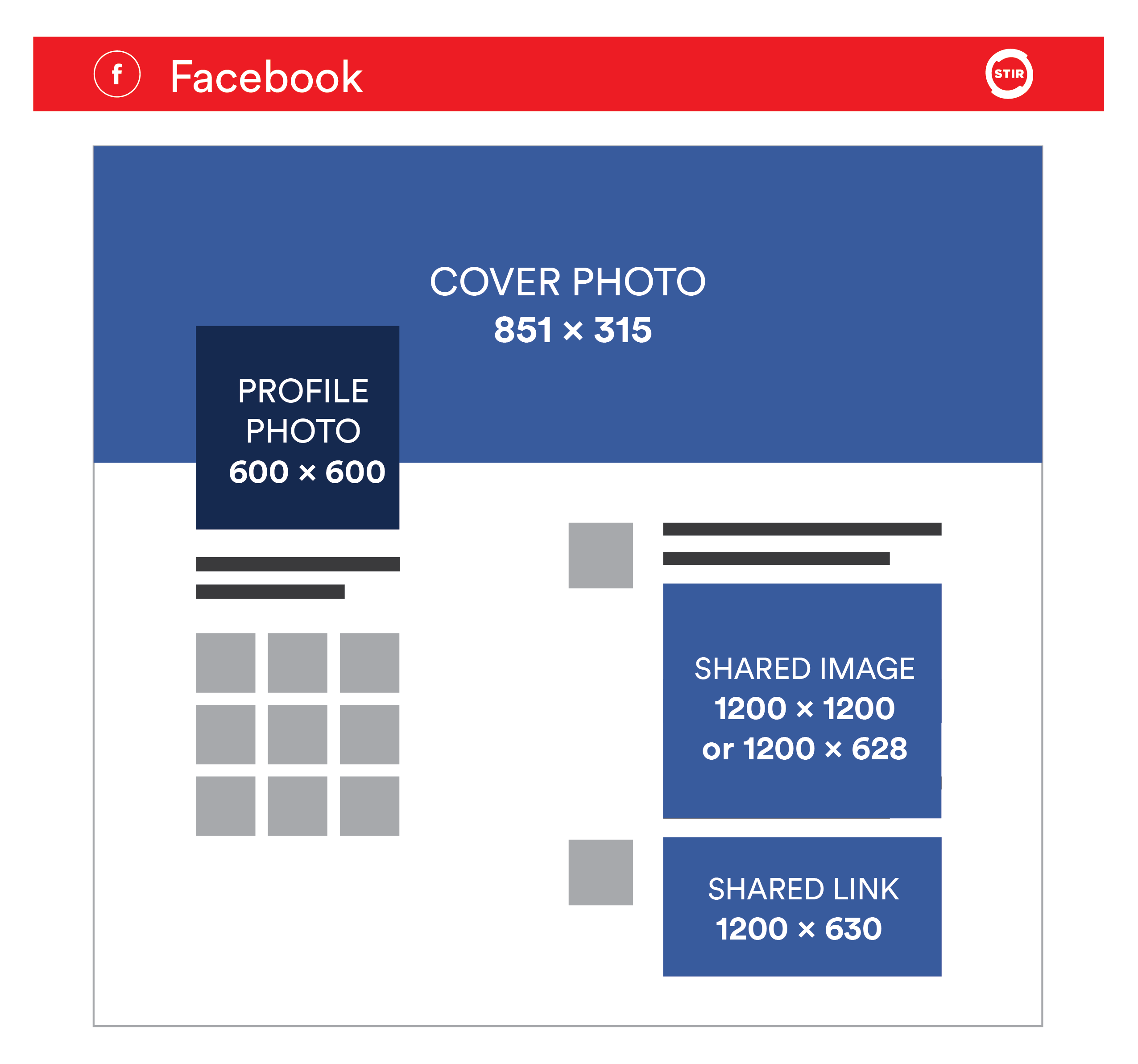
Profile Picture
- 600 x 600 pixels
Cover Photo
- 851 x 315 pixels
- For best results, the picture must be at least 400 pixels wide and 150 pixels tall
- Group cover image size: 1640 x 856 pixels
Shared Image
- Square photo: 1200 x 1200 pixels
- Rectangular photo: 1200 x 628 pixels
Shared Link Preview
- 1200 x 630 pixels
Facebook Story
- 1080 x 1920 pixels
Video
- Ratio: 16:9 to 9:16
- Maximum video length on Feed: 240 minutes
- Facebook Reels recommended ratio: 9:16 and recommended resolution of 1080 pixels
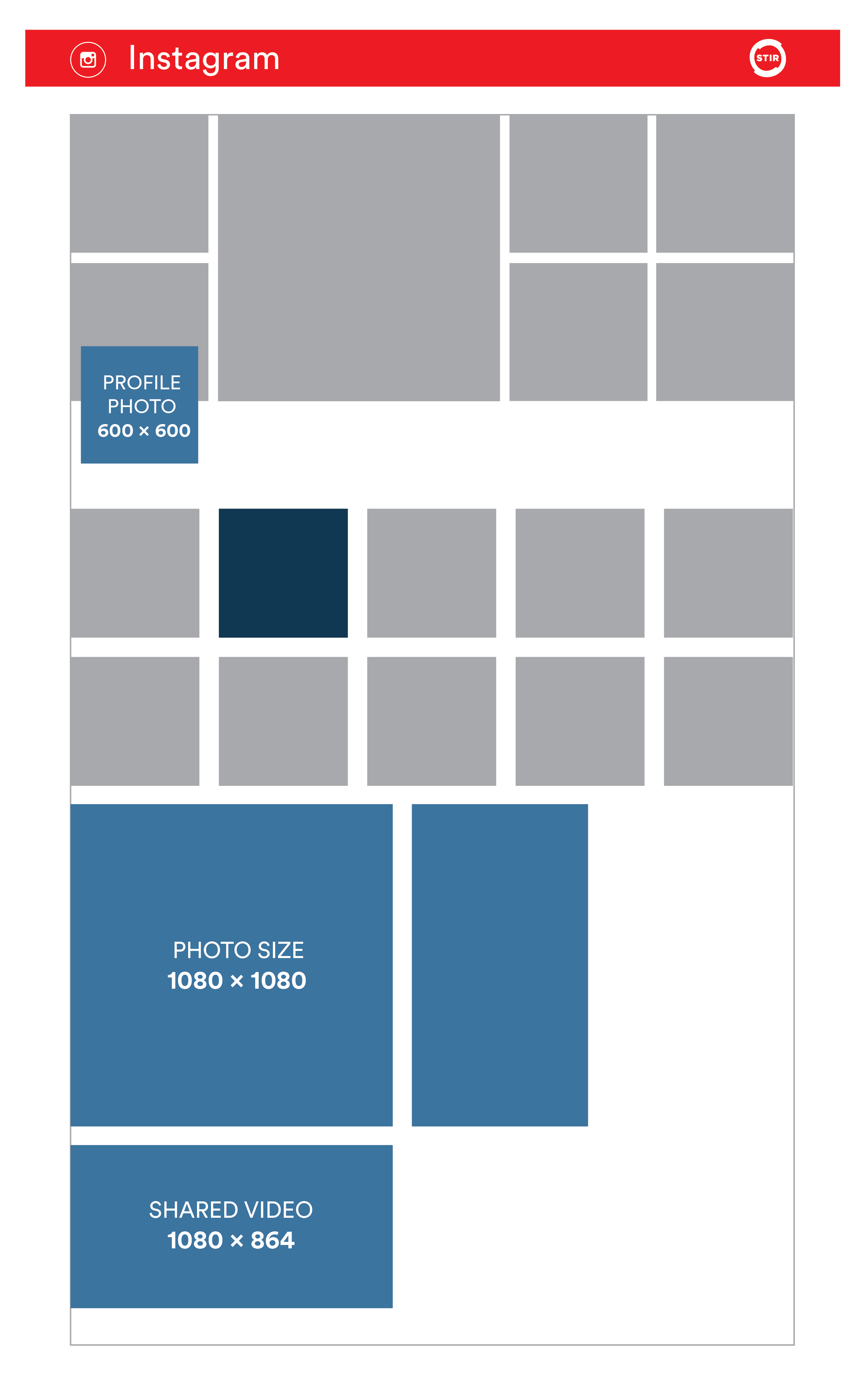
Profile Photo
- Minimum 320 x 320 pixels
- Note: We recommend at least 600 x 600 pixels to ensure quality.
Photos
- Instagram photo sizes:
- 1080 x 1080 pixels (square)
- 1080 x 566 pixels (landscape)
- 1080 x 1350 pixels (portrait)
Stories & Reels
- Stories and Reels size: 1080 x 1920 pixels
- The aspect ratio is 9:16
- The video might get cropped to fit the ratio if you don’t stick to the ratio
Video Uploads
- 1080 x 864 pixels
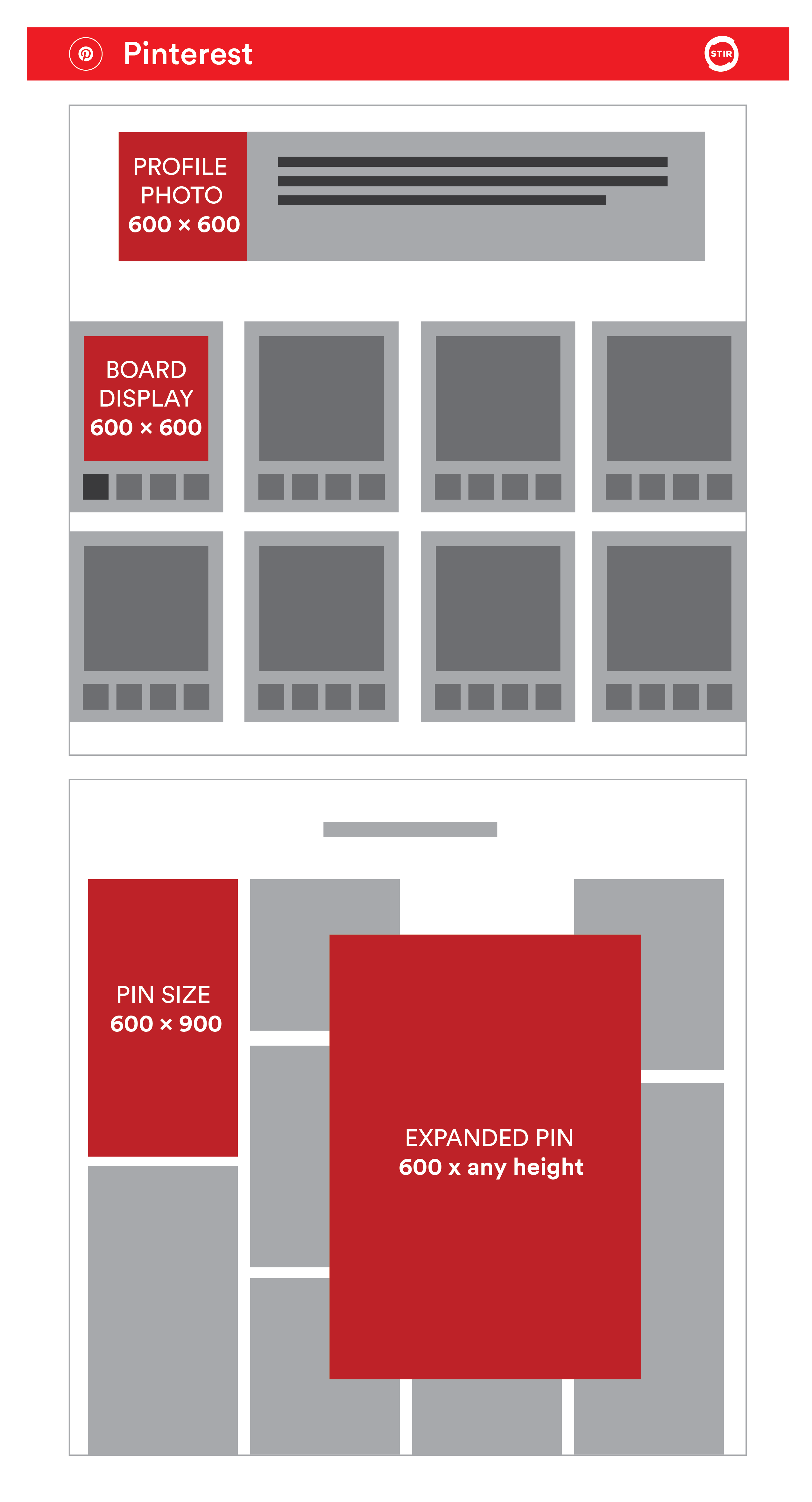
Profile Picture
- Minimum 600 x 600 pixels
Profile Cover Photo
- Minimum 800 x 450 pixels
Pin Image Size
- Optimal pin: 1000 x 1500 pixels
- Expanded pin: 600 x any heigh pixels
Board Thumbnail
- 600 x 600 pixels
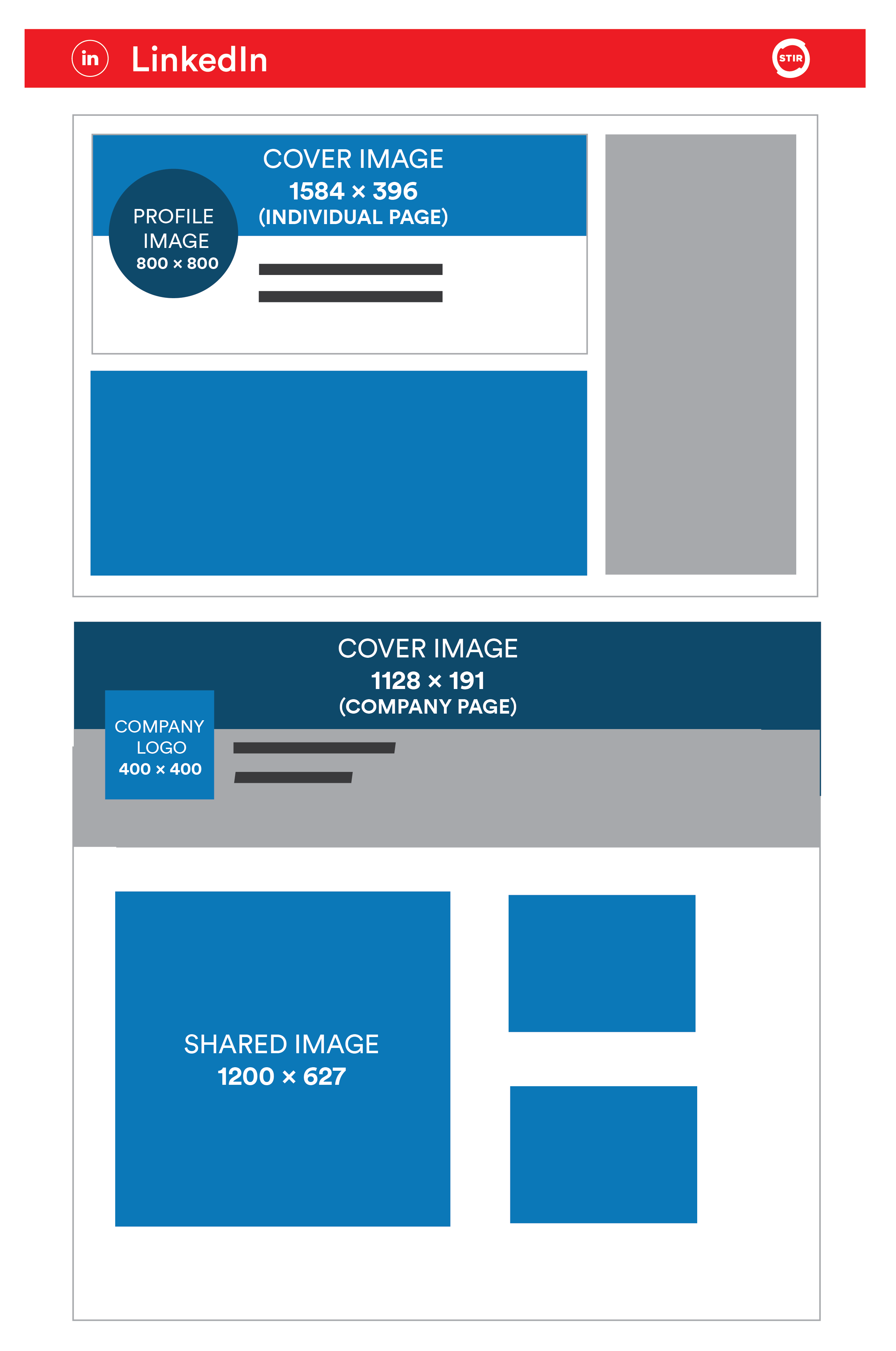
Profile Picture
- Personal page: 800 x 800 pixels
- Company page: 400 x 400 pixels
Cover Photo
- Personal page: 1584 x 396 pixels
- Company page: 1128 x 191 pixels
Shared Image or Link
- 1200 x 627 pixels
YouTube
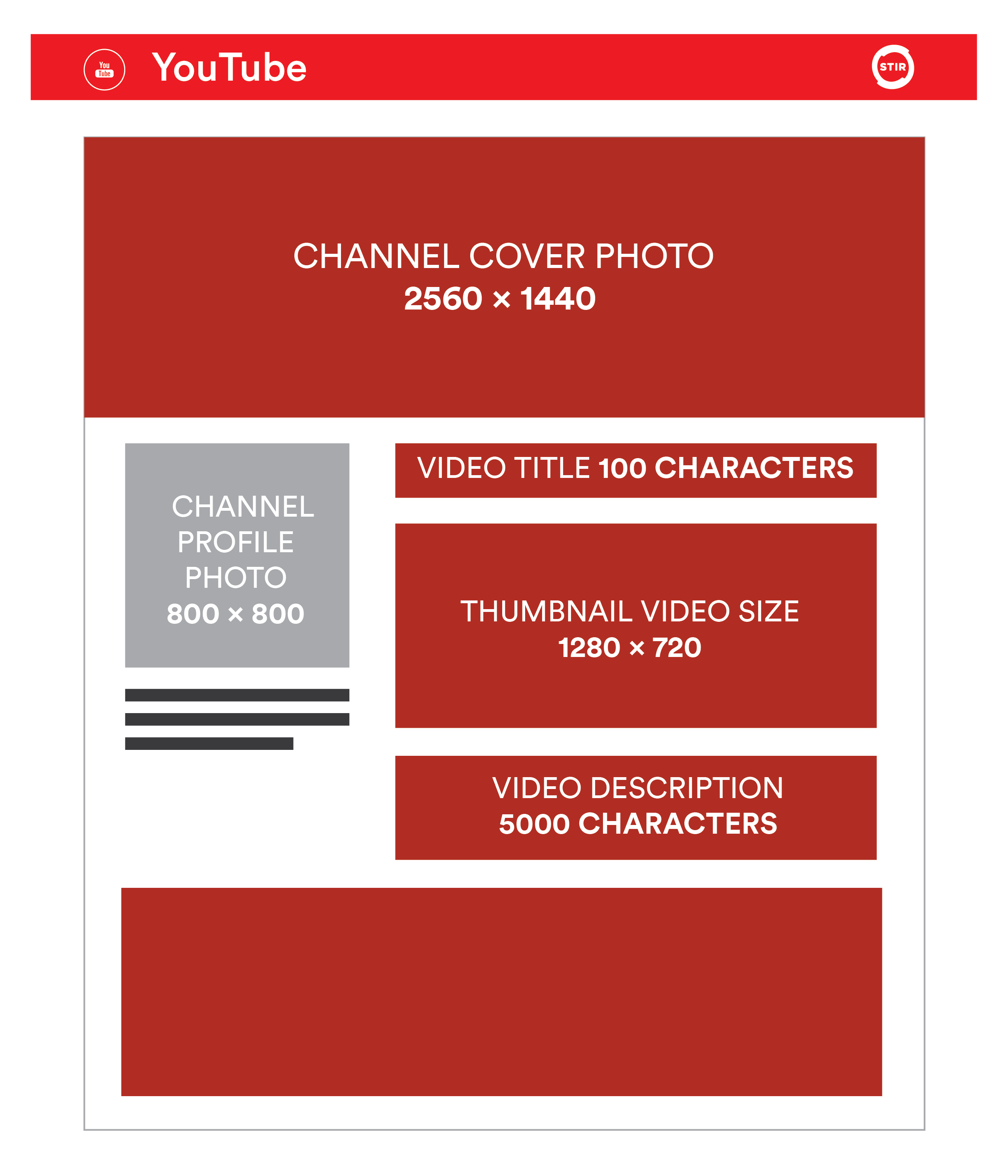
Profile Picture
- 800 x 800 pixels
Channel Cover Photo
- 2560 x 1440 pixels
- Aspect ratio is 16:9
- Remember that your cover image will be displayed differently on devices and may be cropped, so make sure to have the most important information in the middle of the image
Video Uploads
- Minimum HD: 1280 x 720 pixels
- Aspect ratio of 16:9
Video Title and Descriptions
- Video title is 100 characters.
- Video description is 5,000 characters.
TikTok
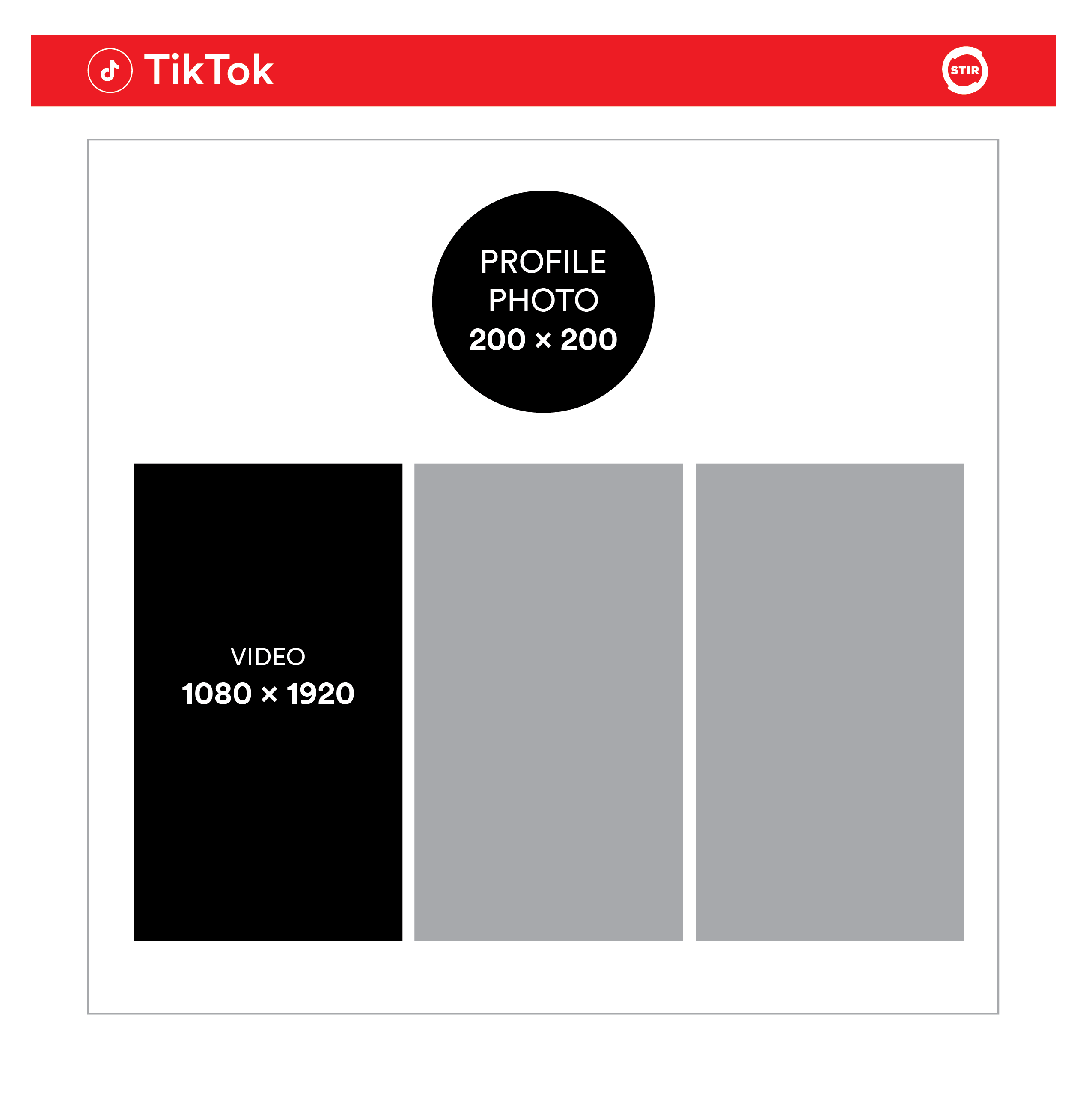
Profile Image
- 200 x 200 pixels
Video Uploads
- 1080 x 1920 pixels
- Aspect ratio of 9:16
Snapchat
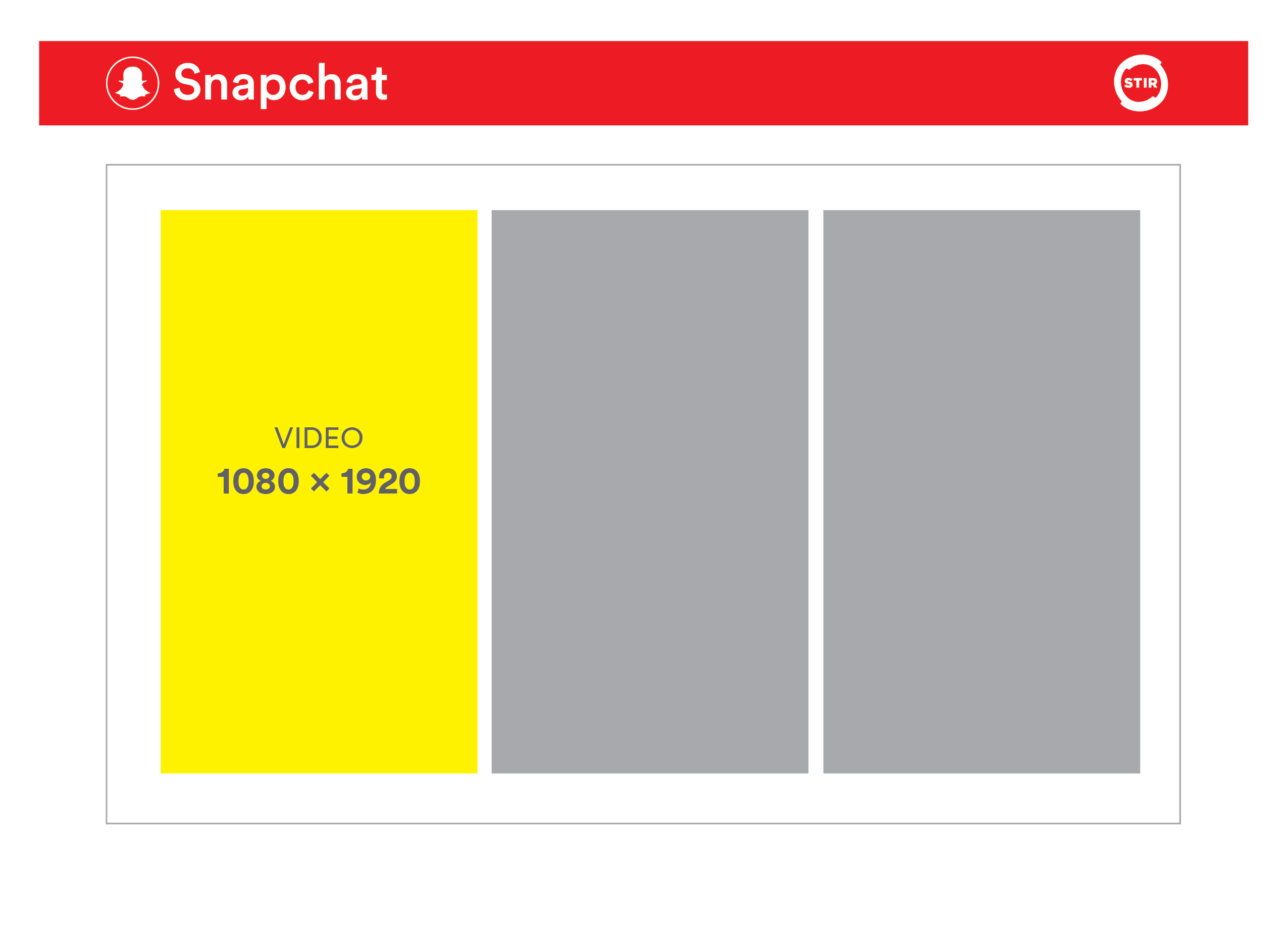
Profile Image
- 375 x 569 pixels
Images/videos
- 1080 x 1920 pixels
- Stories max file size is 34MB and 10 seconds or less
- Custom Geofilter image: 1080 x 1920 pxiels

